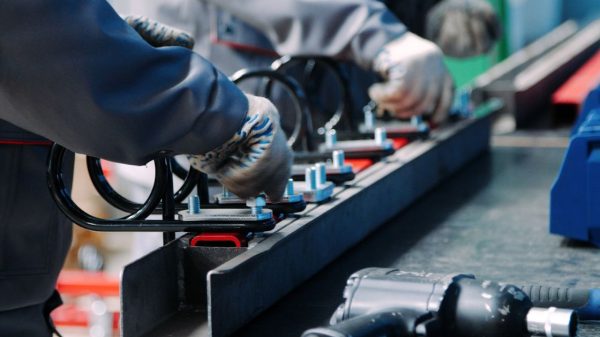Sheet metal fabrication is a fascinating and essential process in the world of manufacturing and construction. In this comprehensive guide, we will take you through the various aspects of sheet metal fabrication, covering everything from materials and techniques to applications and benefits.
Introduction to Sheet Metal Fabrication
Sheet metal fabrication involves the manipulation of flat sheets of metal to create a wide range of products and structures. These sheets, typically made of materials like steel, aluminum, or copper, are transformed into intricate parts and components used in industries such as automotive, aerospace, construction, and more.
Materials Used in Sheet Metal Fabrication
A key aspect of sheet metal fabrication is the choice of materials. Different metals offer varying levels of strength, corrosion resistance, and malleability. Common sheet metals used include:
- Steel: Known for its durability and versatility, steel is a popular choice for various applications.
- Aluminum: Lightweight and corrosion-resistant, aluminum is favored in industries like aerospace.
- Copper: Copper’s excellent conductivity makes it ideal for electrical components.
Fabrication Techniques
Sheet metal can be shaped and formed using a variety of techniques, including:
- Cutting: Methods such as laser cutting, water jet cutting, and plasma cutting are used to precisely shape the metal.
- Bending: Press brakes are employed to bend the metal into the desired angles and shapes.
- Welding: Welding processes join multiple pieces of metal together.
- Forming: This involves stretching or compressing the metal to create complex shapes.
Applications of Sheet Metal Fabrication
Sheet metal fabrication plays a crucial role in numerous industries. Some common applications include:
- Automotive: From car bodies to engine components, sheet metal is extensively used in the automotive sector.
- Construction: Metal roofing, siding, and structural components are fabricated for construction projects.
- Electronics: Sheet metal enclosures house sensitive electronic equipment.
- Aerospace: Aircraft components, including wings and fuselages, often involve sheet metal fabrication.
Benefits of Sheet Metal Fabrication
The advantages of sheet metal fabrication are many:
- Precision: Computer-aided design (CAD) and computer-aided manufacturing (CAM) ensure accurate and consistent results.
- Cost-Effective: Sheet metal fabrication is a cost-effective choice for producing high volumes of parts.
- Durability: Sheet metal products are known for their longevity and resistance to wear and tear.
- Versatility: It is a versatile process that can create a wide range of complex shapes and designs.
Sheet metal fabrication is a vital process with a wide array of applications across industries. Whether you’re involved in manufacturing, construction, or any other field, understanding the basics of sheet metal fabrication is essential. If you require precision-engineered components or structures, sheet metal fabrication is likely the answer to your needs.
This guide has provided valuable insights into the world of sheet metal fabrication, covering materials, techniques, applications, and benefits. For all your sheet metal fabrication needs, contact us, and our expert team will deliver high-quality solutions tailored to your requirements.
For more information go to https://crescocustommetals.com/



